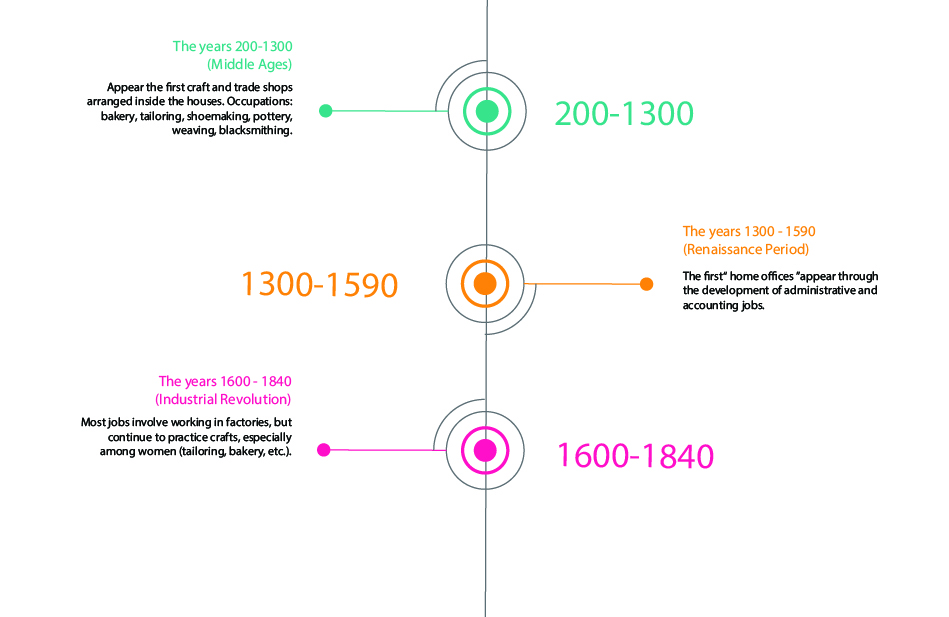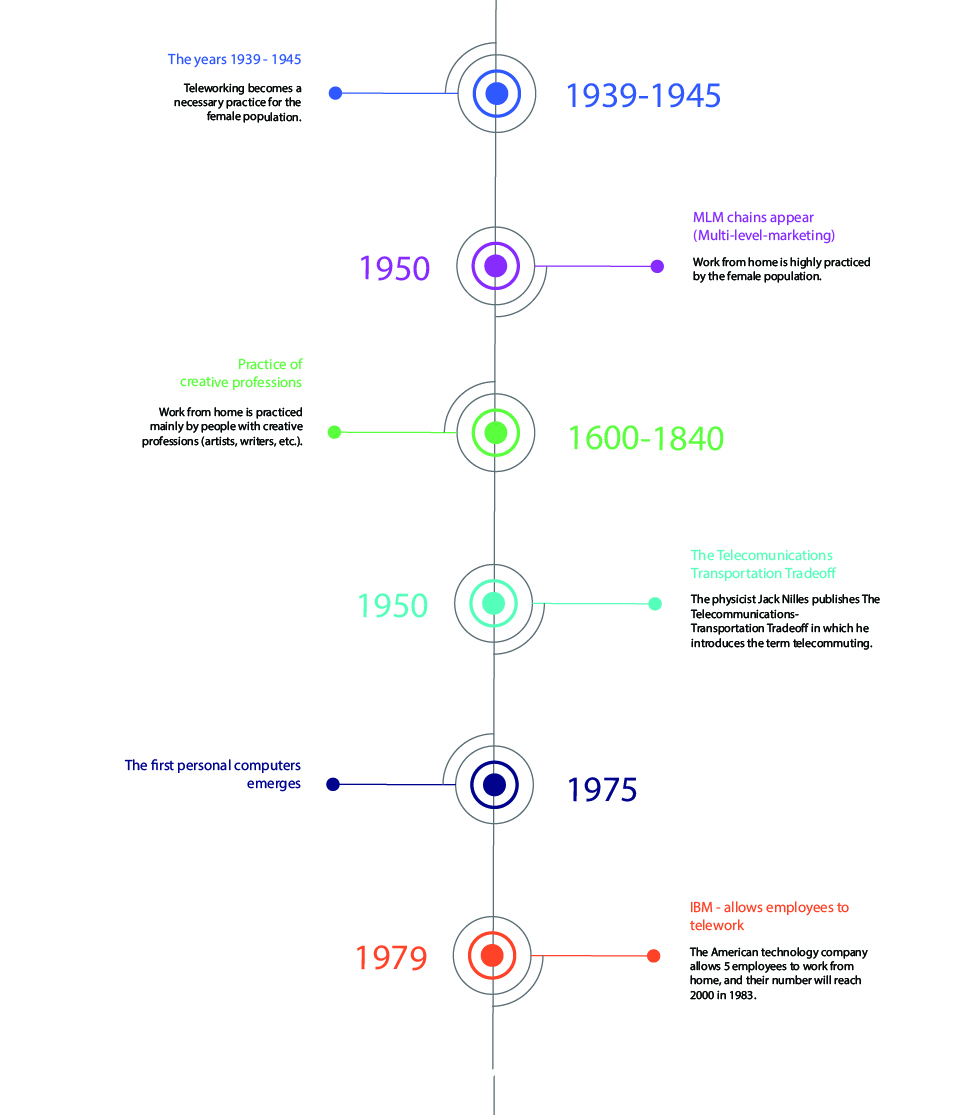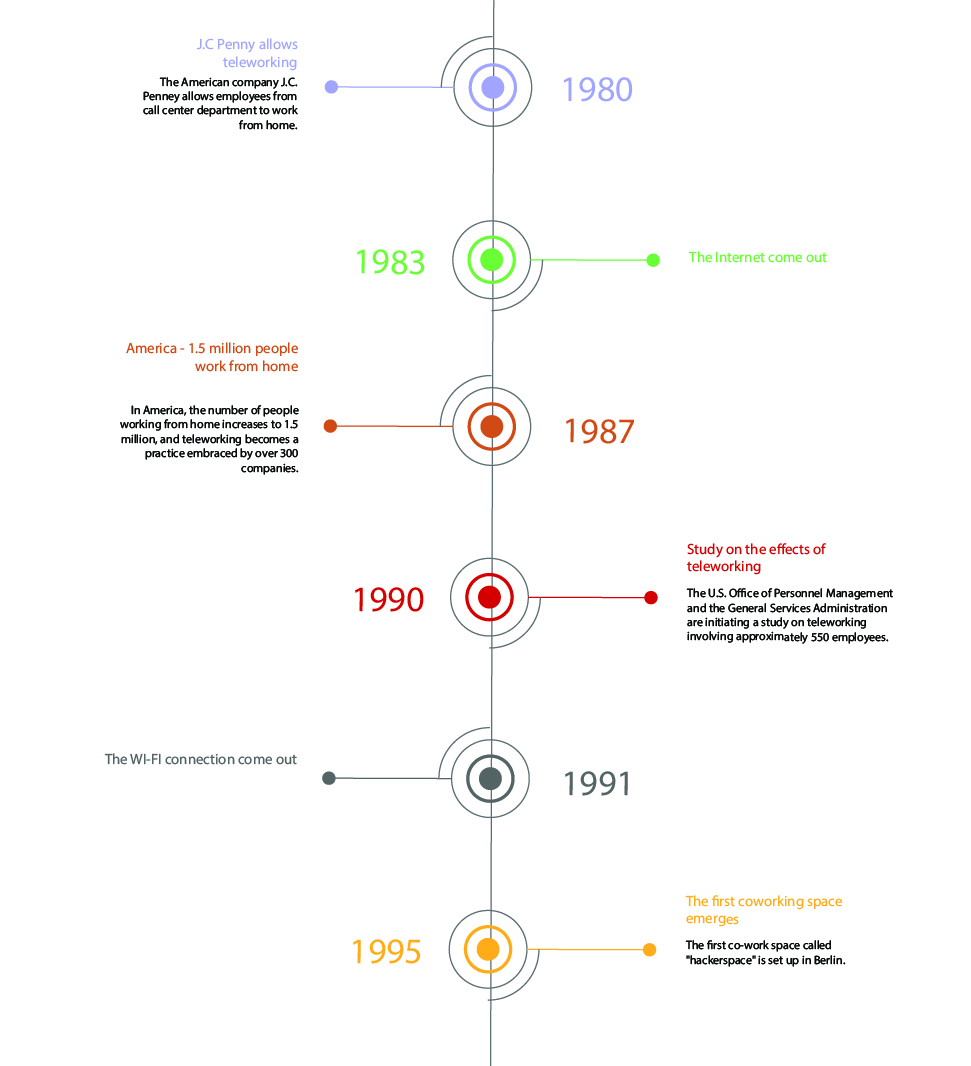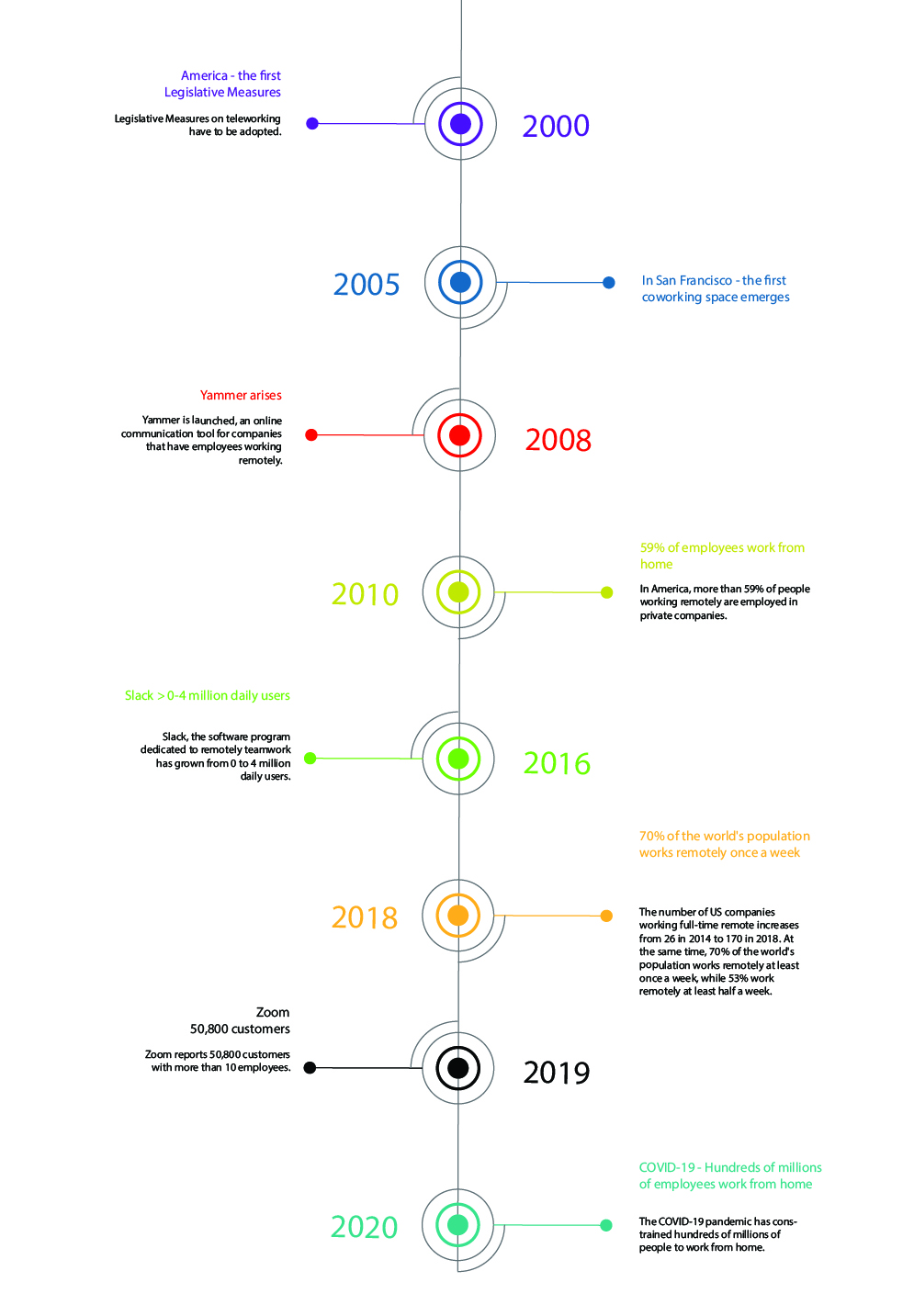How has teleworking evolved? History and context
Teleworking or telework has a surprising evolution that dates long back. But is this pandemic transforming it to the new normality?
The huge expansion of the IT industry is possible due to the collective efforts made in software development. State-of-the-art technology and software are essential pieces for most businesses today. However, there is a growing need for employees both for in-house operations and IT companies. But managing this growing number of employees is not an easy task. Therefore, various HR software solutions such as TrueHR have arisen on the market.
As the classical way of doing business drastically changes, is teleworking the first step towards an improved society?
Work from home, also called teleworking, is more and more common nowadays. Some companies have already decided that employees will not return to offices until the end of the year. Being such a popular term nowadays, it makes us curious: “Is teleworking a form of adaptation to the current context, or just normal evolution?”
That’s why we decided to look back. History tells us many facts. It is true that this process has been amplified with the spread of the pandemic, but, if we look evolutionarily, teleworking has always existed and is the very basis for the development of many professions.
Teleworking in the bygone times
We tend to refer to work from home as a current trend. But history has a different opinion. If we look at people’s occupations and crafts since ancient times, we notice that working from home was, in some cases, the only source of income.
The beginning of modern offices, a forerunner of contemporary teleworking
The development of electricity, the invention of the telephone, the telegraph, and the typewriter, followed by the invention of the first digital computer (1942) completely changed the way we relate to work from home. Thus, the end of the 19th century – the beginning of the 20th century comes with a considerable revolution.
Most jobs involve moving to the company’s headquarters. Office spaces are becoming more numerous, and industries are developing new branches and segments. This is how, with the extension of office work, even teleworking takes on different proportions.
It is worth mentioning that, during World War II, teleworking became practiced by women. Once ended, the experience gained determined the female population to continue working. Obviously, from home. This is how MLM (multi-level marketing) chains are born.
As teleworking becomes more and more popular, a series of disputes succeed. Even some publications of those times debate the issue. An article published by the Washington Post, “Working at Home Can Save Gasoline” supports the idea that teleworking is favorable for saving the oil used by transportation.
Employers, on the other hand, are skeptical. They considered that they could not monitor the employee’s activity. They also considered limited interaction with co-workers to be harmful, and the home an unproductive work environment.
However, teleworking is on the rise.
The results of the 1990 study conducted by the US Office of Personnel Management show that working from home has the following benefits:
- Increases productivity
- Reduces the need for office space
- Lower costs
A new decade, a new era for teleworking
Teleworking is already seen as a new form of business. Therefore, many companies focus on finding solutions that ensure employee comfort to maintain productivity. More and more companies are offering remote jobs. even in the start-up industry.
In 2010, President Barack Obama signed the Telework Enhancement Act, which required all companies to establish teleworking policies. Thus, work from home is officially recognized in the US.
Moreover, a study conducted by FlexJobs and Global Workplace Analytics in 2017, reports that between 2005 and 2015, in the US, the number of people working from home increased by 115%. The study also shows that 56% of existing jobs in the US may be compatible with teleworking.
Teleworking – a future come true?
Following the evolutionary course of this phenomenon, we see that in each context work has been adapted accurately to society’s standards. Thus, technology development not only brings the possibility of maintaining a flourishing business remotely but also creates new jobs. Therefore, there are real chances of teleworking becoming normality.
AROBS supports teleworking to assure the health and wellness of its employees. Moreover, it confers satisfactory work conditions and suitable collaboration for teamwork!
Looking for a digital upgrade?
Read our recent blog posts









